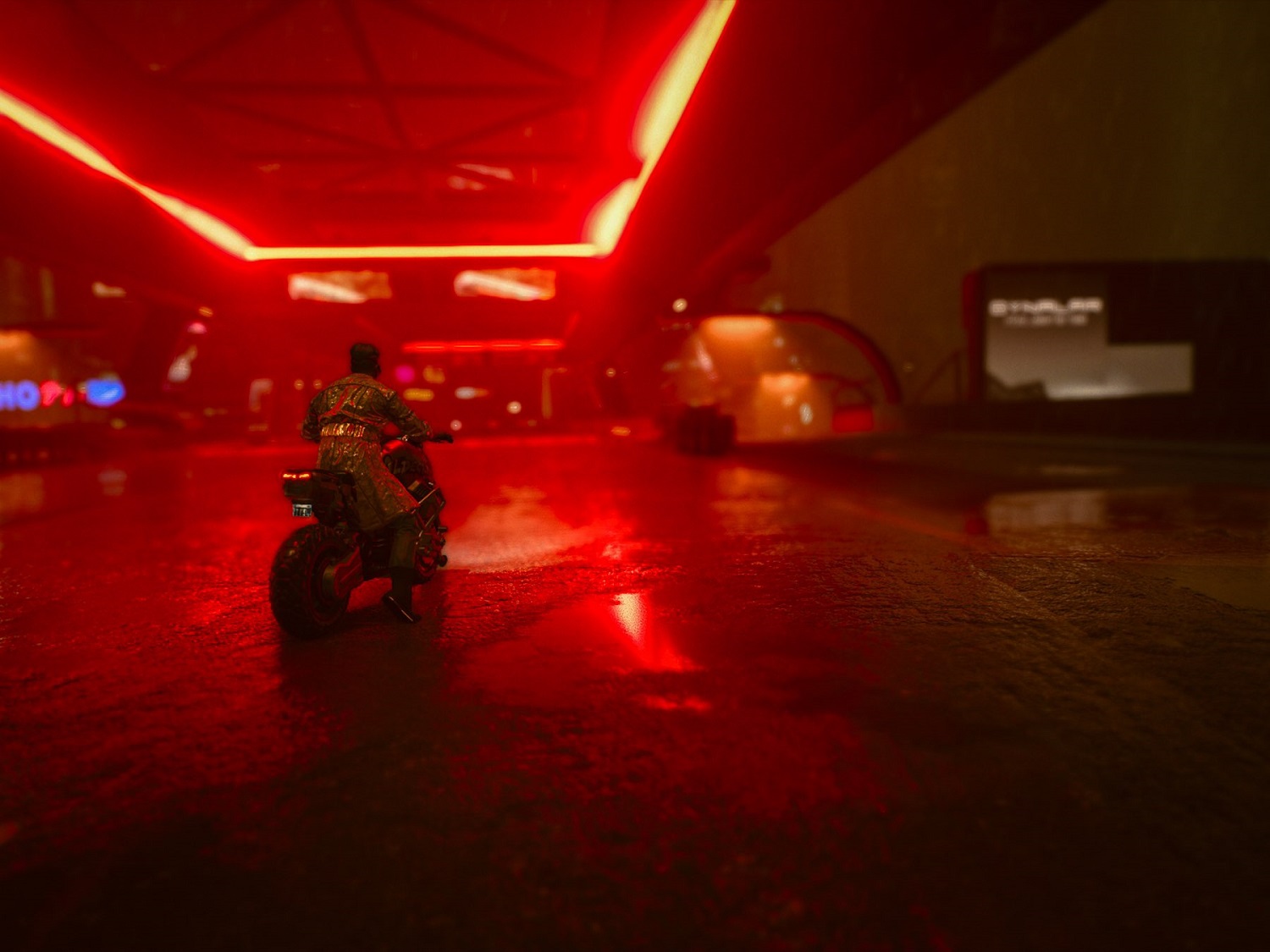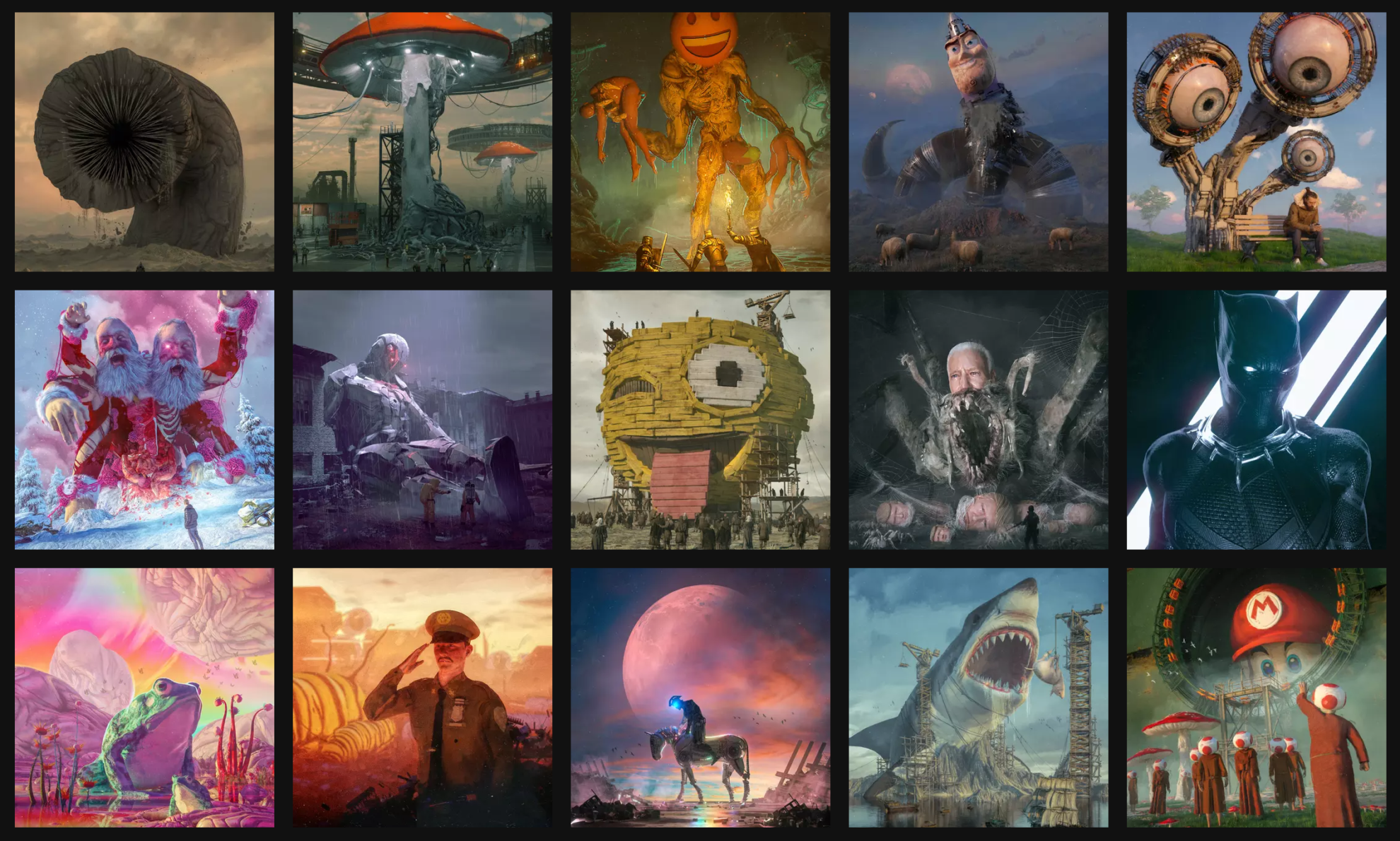Starting the game Skyrim, you find your avatar in a deep, dark prison. As you learn the gameplay and create your character, your only goal is to escape. Upon doing so a breathtaking vista over the sprawling, magical world of the Old Kingdom, your new home, awaits you.
These sandbox worlds now have even more realism and beauty. From rustling leaves to sunlight glinting off the water, video games have become alternate realities. They have become beautiful, and people are starting to notice.
Capturing these views and sharing them is becoming extremely popular amongst gamers. Read on as we discuss if in-game photography could be the next great art form.
Birth of In-Game Photography
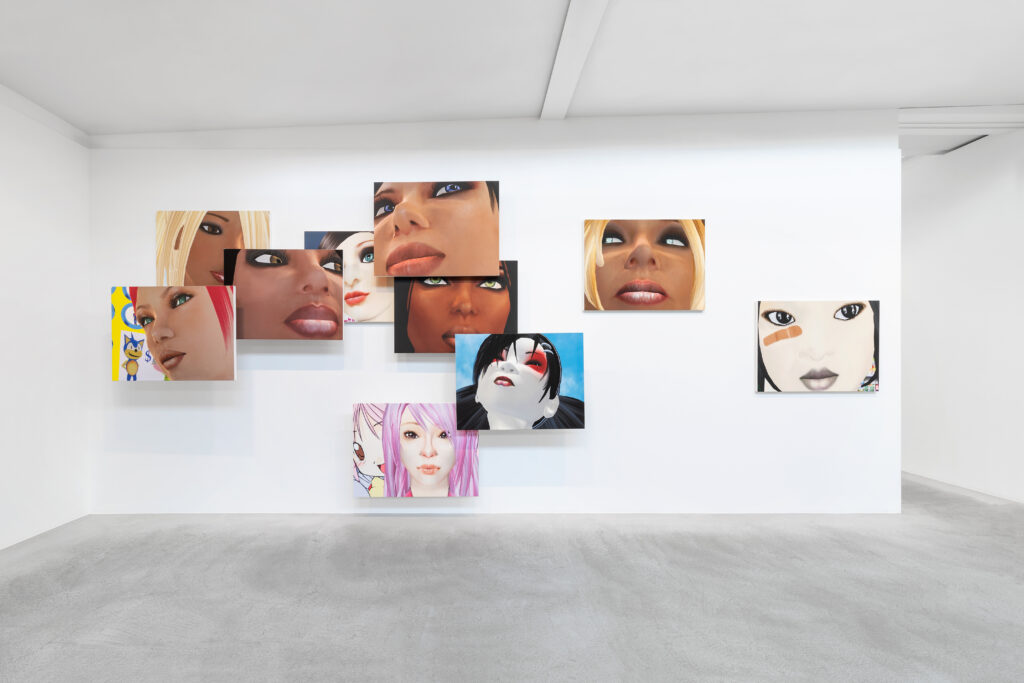
One of the first appearances of in-game photography in mainstream consciousness came not from casual gamers, but as a concept by two working artists. Eva and Franco Mattes are an Italian artist couple who go by the name 0100101110101101.ORG. As pioneers of the NetArt movement, they saw the potential for in-game photography way ahead of its modern curve.
Their 2006 to 2007 exhibit Portraits collected pictures of avatars from the game Second Life. Printed onto canvas, they were then exhibited at the ARoS Aarhus Kunstmuseum, Denmark. It was one of the first examples of in-game photography in the mainstream art world.
However, during this period it was tough for the average gamer to capture quality games shots. It would have to be done with a camera or mobile phone, creating quality issues when looking at a screen. When playing a game, the great-looking moments often occurred and were then gone, lost forever.
Nvidia Shield and Shadowplay
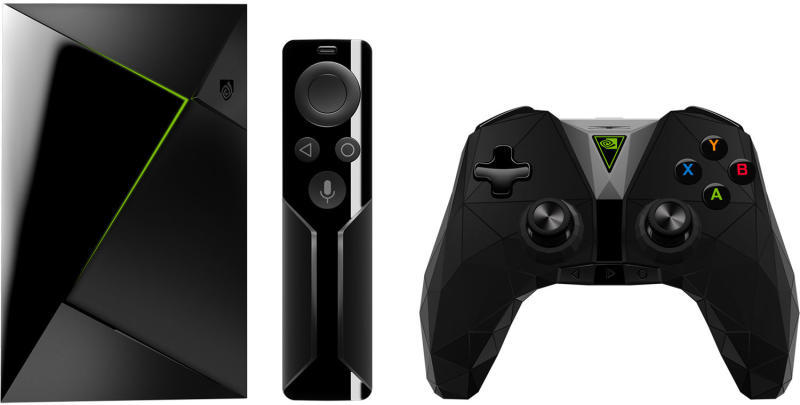
The technology required to achieve the shots came from an Android TV device produced by Nvidia. Known as the Shield, it was touted as a multimedia box, with stream services and the ability to play PC titles. Its defining moment was its hardware-accelerated screen recording utility, known as Nvidia Share.
Share let you save and record screenshots from your games. It recorded your gameplay, so you could even rewind to key moments and edit chunks of footage. They could then be shared on Twitch and Youtube.
Seeing the potential for this, Nvidia upgraded it to a new device known as ShadowPlay. This software allowed people gaming on Windows PC to have access to the same functions. Gamers could now wind back and take amazing shots and videos of their hobby.
What Defines In-Game Photography?
In-game photography and photography gaming are easy to confuse, as the intersection at which they cross can be hard to see. Many games have used photography as a means to progress and enhance the game. For example, life simulator The Sims asked you to take pictures of family albums for bonuses, being an element of photography gaming.
Another example of this is Pokemon Snap, the 1999 Nintendo 64 game. A family-friendly spin on a rail shooter, it used photography as the objective. You had to get pictures of rare and exciting Pokemon, as the premise. It was photography gamified.
Where in-game photography differs, is that it is not done to further completion of the game. It is done for the pure pleasure of capturing beautiful moments, be it action shots or digital landscapes.
Sam Horine Explores New Worlds
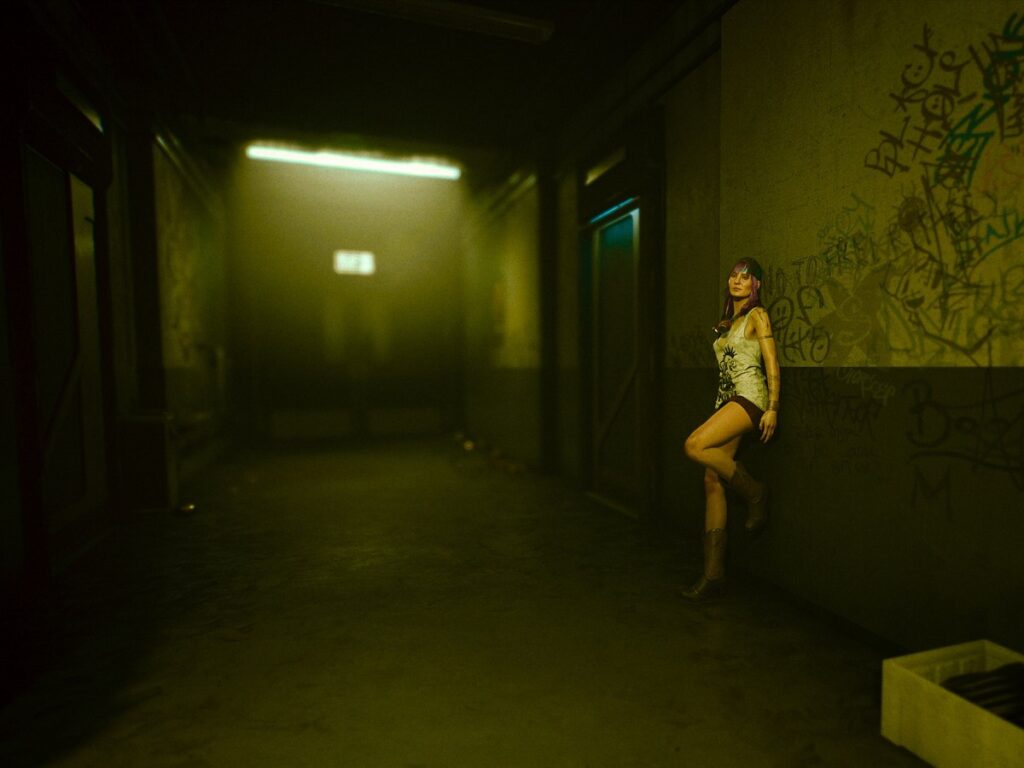
Sam Horine is a critically acclaimed photographer who works in traditional and video game mediums. His work has been featured in The New Yorker and Rolling Stone amongst others. We spoke to him about this new world of photography.
AF: What catches your eye in a game, that makes you think it is good enough for a photograph?
SH: Really it’s the same as real life, an interesting scene, a unique character, a different perspective, the interplay of light and shadow, extreme weather. These things are of course all exaggerated within a fictional universe and you also have the unique ability to position the camera and the subject into places and positions that would, of course, be unrealistic in the real world.
AF: What are the main differences between real-life photography and in-game? Are there any benefits to either/or?
SH: The obvious benefit to working within virtual worlds is that have absolute control – you can work whenever you’re free, you don’t have to find a model, the weather is never an issue, the camera can be anywhere, you aren’t limited by any technical issues when it comes to capturing light as aperture doesn’t exist, you can work and rework the same shot time and time again, you can put cameras in places that would be physically destroyed, same goes for characters.
The downside is of course that the energy is all one-sided, there’s never a vibe with the crew, the model has no opinions of ideas, there’s never any spontaneity, there’s never any magic where the light hits just right and you decide to go in another direction with what’s happening in real-time in front of you.
Intellectual Property
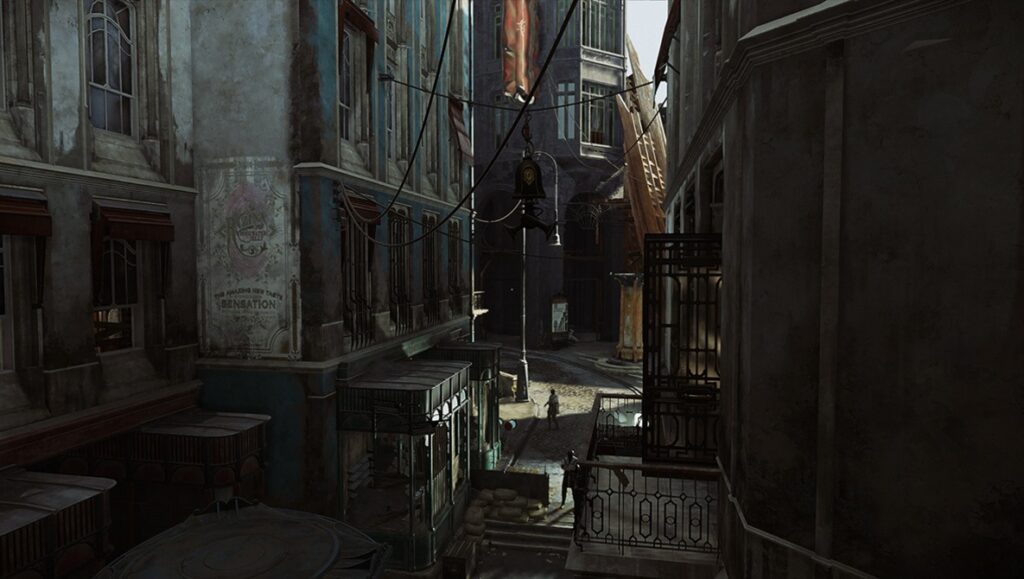
One issue that will define the growth of in-game photography is who the shots actually belong to. As a BBC article on the same topic points out, any picture taken in a game still legally belongs to those who created the game itself. “The legal reality is that video-game photographers do not own their shots – the developer of the game does,” it notes.
In some ways, this makes sense. If the creators of the game had not input the data, then the shot would never have been able to be set up.
This makes even more sense in cut scenes, which the producers artistically frame and shoot like mini-movies. Yet when it comes to pictures taken in the world of the game itself, much of this is done by the player.
The decisions on framing and camera angles then come down to the player. Should they not receive compensation for their artistic input?
As a counterargument, people have paid to play these games. Once the developers have created a world and released it to a paying audience, should they not be allowed to explore that world as they wish?
Art is a natural human reaction and form of exploration. To achieve full realism, game producers may get more responses if they let their creations go and let people explore how they want.
Sam Horine believes that the studios that make and pay for the game’s design want to retain all copyrights as related to their intellectual property – though how realistic this is remains to be seen.
SH: Clearly you’re working within a sandbox created by someone else’s imagination, but you’re also visually interpreting the scene in entirely new ways – I think that perhaps if it was done in a way in which it both accented and complimented the world from which it was born then perhaps the studios would embrace this as some type of viral marketing similar to Gucci Ghost.
Is It Art?
If in-game photography is an art form or not is still contested. The argument for it is that the gamer is capturing a picture of a moment. It is very unlikely that others have experienced this exact same moment, despite other people existing within the same game world.
As video games become more realistic, the variations are only going to intensify. This will could almost bring it to the point of total real-world imaging. Two people may take pictures of exactly the same scene and get very different shots.
Do you take pictures of video games? Do you have strong opinions of who these pictures belong to? Let us know on social media.
Featured image: Sam Horine


